In 1897, the Royal Horticultural Society celebrated Queen Victoria’s Diamond Jubilee with a show at the Crystal Palace. Here, seedsman Arthur W Sutton was invited to deliver a paper on progress in vegetable cultivation during Her Majesty’s reign. Mr Sutton delivered a thorough account of all the new vegetable varieties that had been introduced over 60 years. The peas current in 1837 were ‘so hard and dry when cooked that they were known as Buckshot peas’, whereas now there were countless tender green varieties. Instead of just three forms of scarlet runner, there were dozens. Brussels sprouts and beets had improved both in size and succulence, and valuable lessons had been learned from the French in the cultivation of asparagus and carrots. But the single biggest change was the sudden ubiquity of the tomato. In 1852, he noted, it was barely cultivated, whereas now it could be ‘found in almost every garden from the cottager’s upwards’, including that of the Queen.
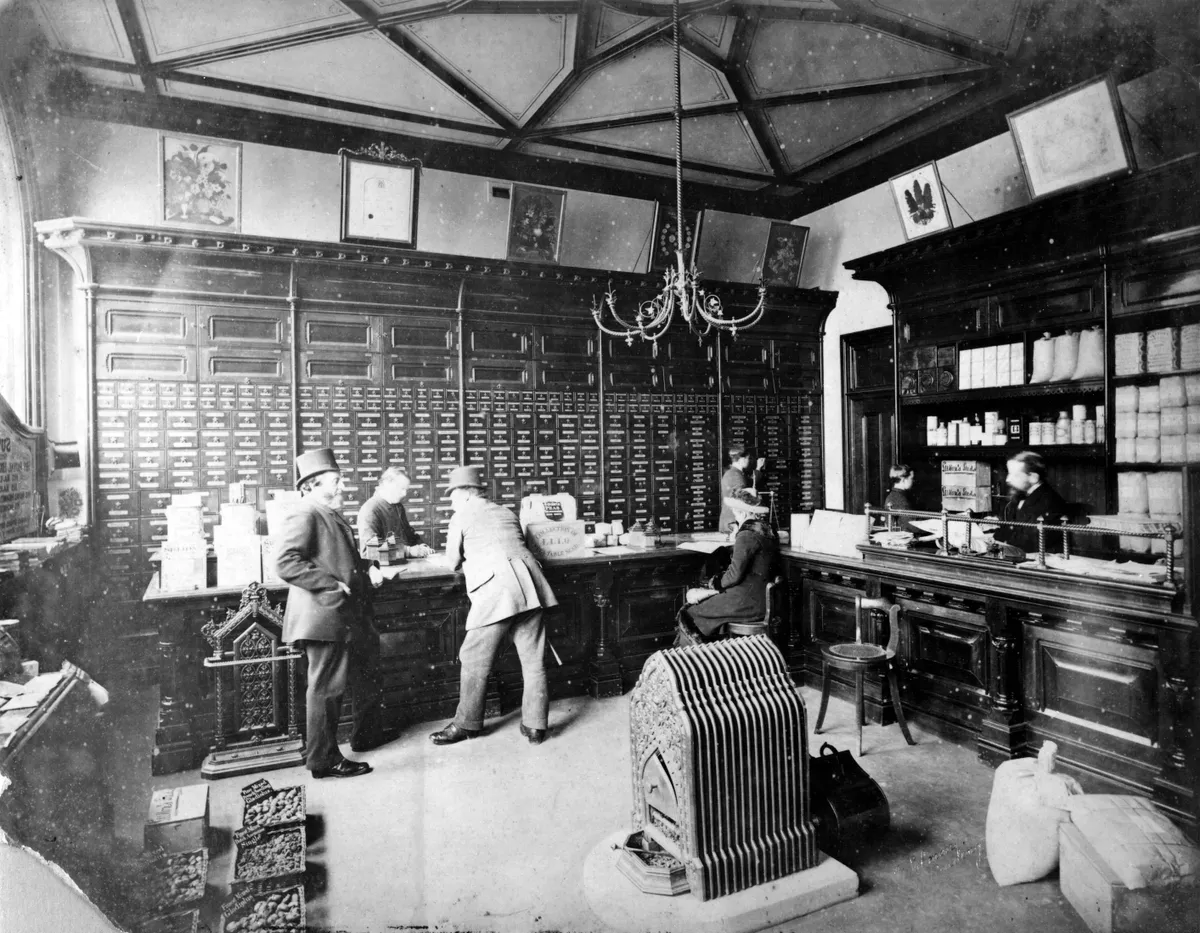
But new varieties were just the tip of the iceberg. For during this time, horticulture had been transformed by a series of scientific and technological advances. Dung-fuelled hotbeds and guano were displaced by heated glass-houses and artificial fertilisers. Hybridisation was at last properly understood. The burgeoning railways and an efficient new postal system meant that seeds, plants and produce could be ordered and transported cheaply and easily; while both new plants and growing techniques – such as growing fruit on dwarf rootstocks – were introduced to an ever-wider audience by the new gardening magazines. 1885 saw the introduction of Formalin, the first chemical fungicide. But above all, 60 years of rapid industrialisation had turned Britain into an urban nation – and radically altered our relationship with food.
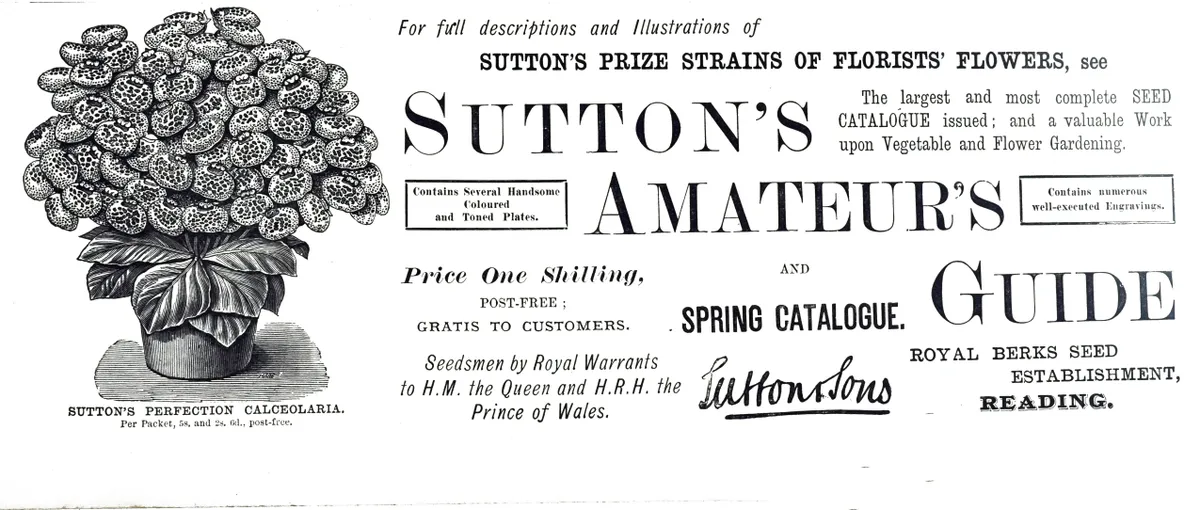
The first allotments
For centuries, most of us lived in the countryside, and there was no country dwelling that did not grow its own fruit and vegetables. But by the end of the 18th century, the Enclosure Acts, coupled with massive population growth and the specialisation of agriculture, left much of the rural population with neither land nor employment. The first allotments were set up in the 1790s, as starvation wages, post-war food shortages and disastrous harvests brought rural society to its knees. A second wave followed the Swing Riots of the 1830s. By the 1870s, a distinct shift of emphasis had emerged: allotments were less about saving families from hunger than keeping men out of the alehouse. And they were no longer primarily rural, but concentrated around the new industrial centres – 5,000 around Nottingham alone.
It was not until 1908 that local authorities were required by law to provide land for allotments. This advance, explains Mary Guyatt, formally of the Garden Museum and director of Jane Austen's House Museum was not entirely philanthropic: “Half of the volunteers for the 1899-1902 Boer War had been rejected as unfit and poor nutrition was now recognised as a threat to the Empire.”
The cottage garden
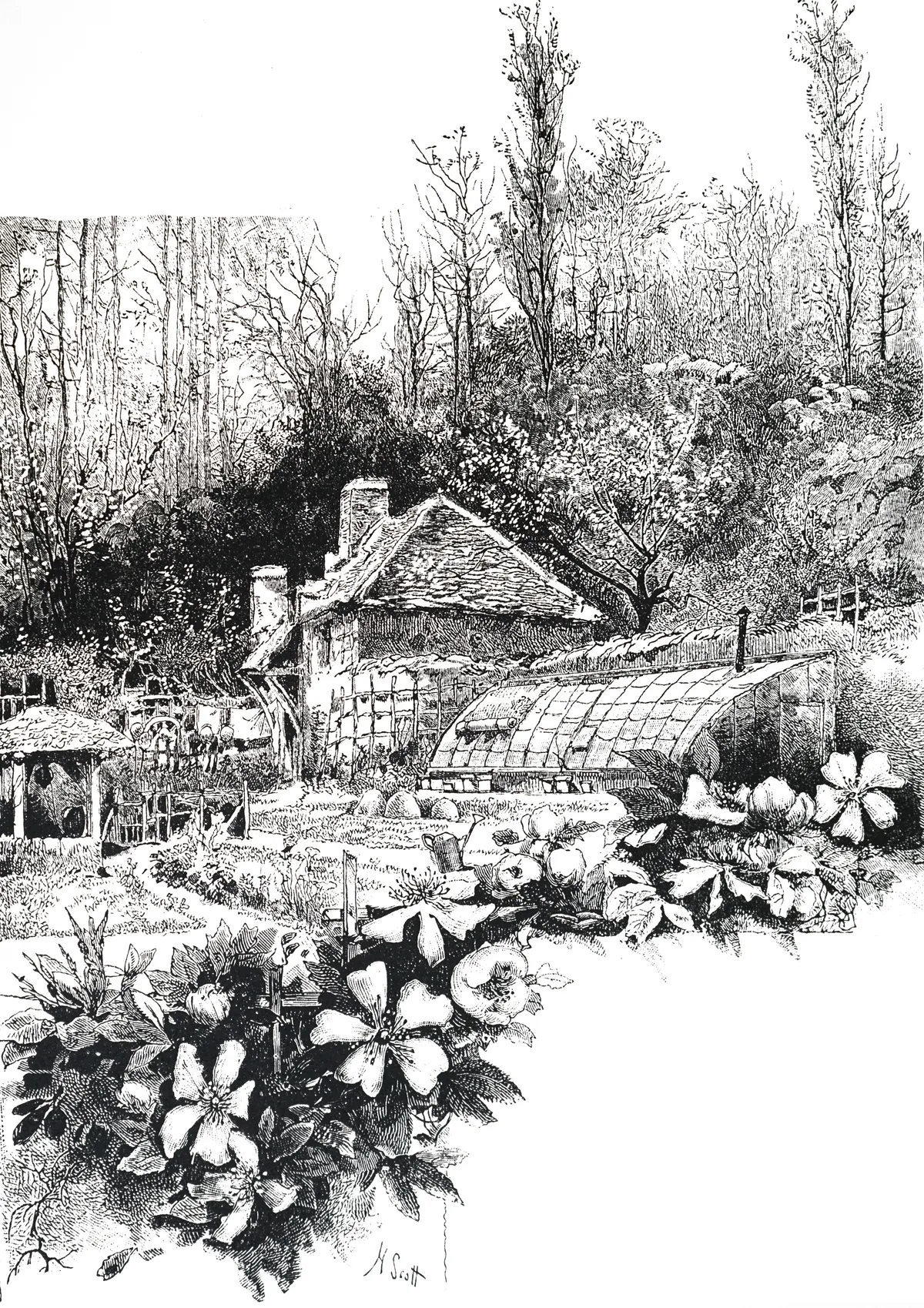
While for the poor, growing your own was the only way to get hold of fresh fruit and vegetables, for the wealthy middle classes, it came to represent an antidote to dehumanising industrialisation. By 1897, the cult of the cottage garden was well established, promoting a rose-tinted vision of rural self-sufficiency which has lost none of its power today. Garden guru John Loudon, writing in 1830, had reckoned one eighth of an acre would feed a family of five. (Earlier commentators, writing about real cottage subsistence, had suggested between one and four acres.) Three quarters of the space should be devoted to potatoes; the rest to cabbages, parsnips and beans, with apples, pears and soft fruit trained against the house. All hoeing, weeding and gathering, he declared, should be the delightful task of the cottager’s wife and children.
The estate garden
At the other end of the scale, the great walled kitchen gardens of Victorian and Edwardian England adopted a semi-industrialised form of growing: they had, after all, to support enormous households. The range of produce was phenomenal. ‘By the time of Queen Victoria’s death in 1901,’ claims kitchen garden historian Susan Campbell, ‘virtually every esculent plant that could be grown in an English kitchen garden was to be found growing there’, while early historian Eleanour Sinclair Rohde writes of 1,400 different sorts of apples, ‘140 varieties of peaches and nectarines, about seven apricots, about 100 of plums and over forty varieties of cherry.’
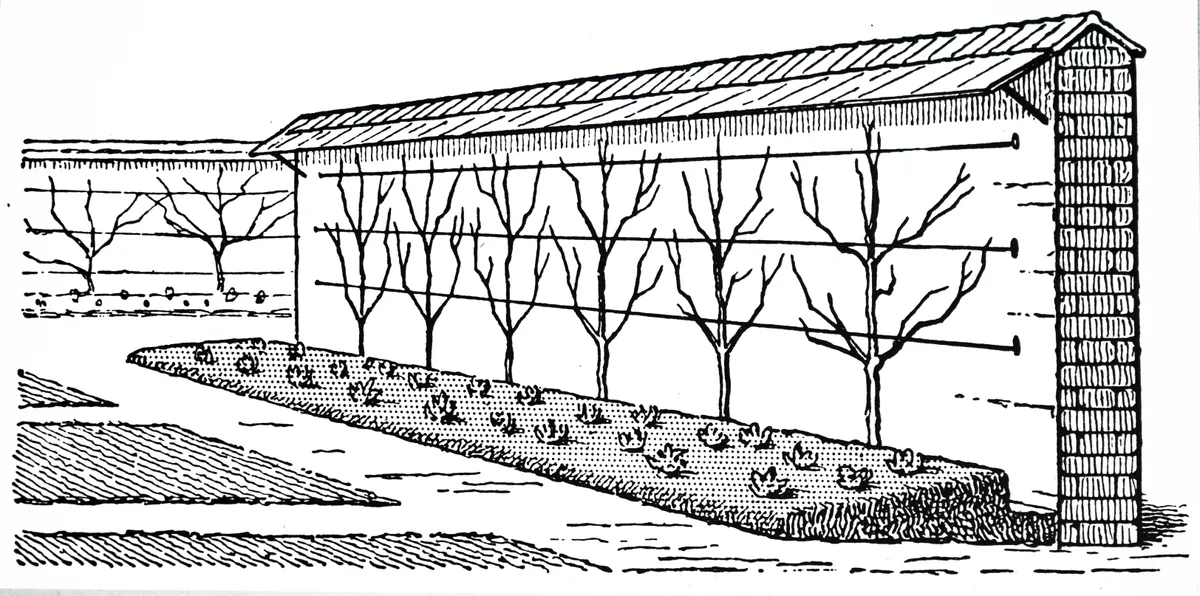
Extraordinary ingenuity went into producing food all year round. Fruit was grown on hollow walls, heated by flues and pipes within. There were pivoting wooden fruit walls which could be turned to delay or advance ripening as required. Specialised glasshouses were erected for the culture of melons, cucumbers, pineapples and vines, while a vast range of fruits and vegetables were brought on under glass, so that strawberries and French beans could be enjoyed in February, or cherries in December. ‘By the end of the 19th century,’ marvels Campbell, ‘there was virtually nothing that could not be forced for the table either before or after its normal season.’
The First World War
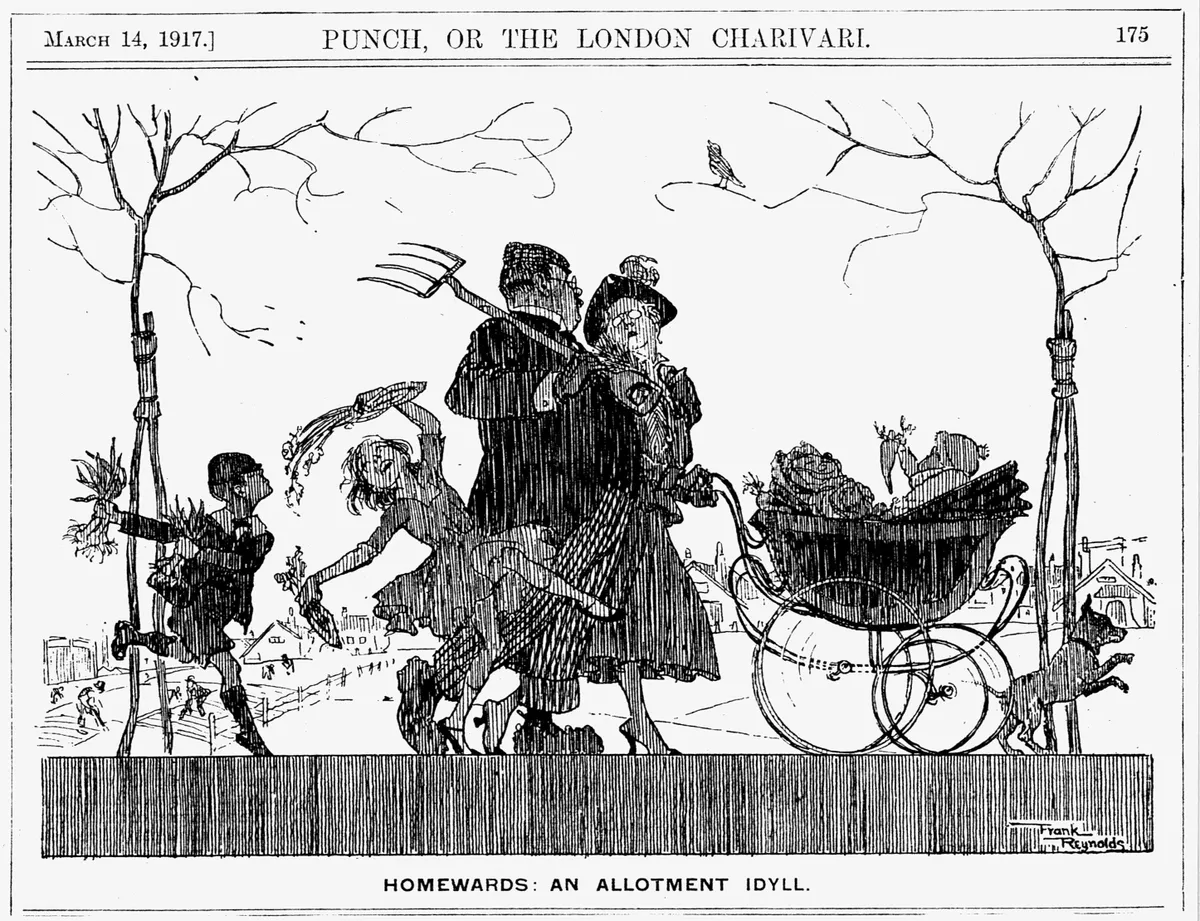
When the men marched off to war in 1914, many of these great walled gardens fell into decline. However, it was boom time for grow your own: the term in fact originates from a manual published in 1918. Before the war, 80 per cent of our food had been imported. With supplies cut off by German blockades, the 1914 Defence of the Realm Act created new powers to acquire land for vegetable-growing. Geraniums gave way to cabbages at Buckingham Palace and the glasshouse parterres at Kew were all laid down to onions. By July 1918 there were more than 1.4 million allotments in the UK – three times the pre-war number – many of them, inevitably, worked by women.
The inter-war years
Social historians have tended to suggest that the great Edwardian flowering of British horticulture, embodied by the estate garden, perished on Flanders fields. Yet the gardening manuals of the mid-1920s describe as great a range of vegetables as ever, including many unfamiliar to us now, such as rocambole (a kind of garlic), couve tronchuda (Portugal cabbage) and New Zealand spinach. What these books make clear is that the gardening mantle has passed inexorably from the country estate to the suburb, which has adopted its regimented culture: rows must be straight, spacings accurate, trenches triple-dug, roots flawless. The man of the house (invariably a man) is shown hard at work: this sense of a ‘right’ and a ‘wrong’ way to do everything, that scares off so many would-be gardeners, seems to date from here.
The Prime Minister, David Lloyd George, had promised ‘homes fit for heroes’, and between 1919 and 1939 nearly four million homes were built in England and Wales, giving many families a garden of their own for the first time. Despite the Depression, real average earnings were 30 per cent higher in 1938 than in 1913, so food growing was no longer so vital. Allotment take-up inevitably declined (by 1939 there were three quarters of a million fewer plots than in 1919) and with it, the passing on of growing skills. Happily, good advice was available on the wireless – from ‘Mr Middleton’, every Sunday afternoon.
Digging for Victory
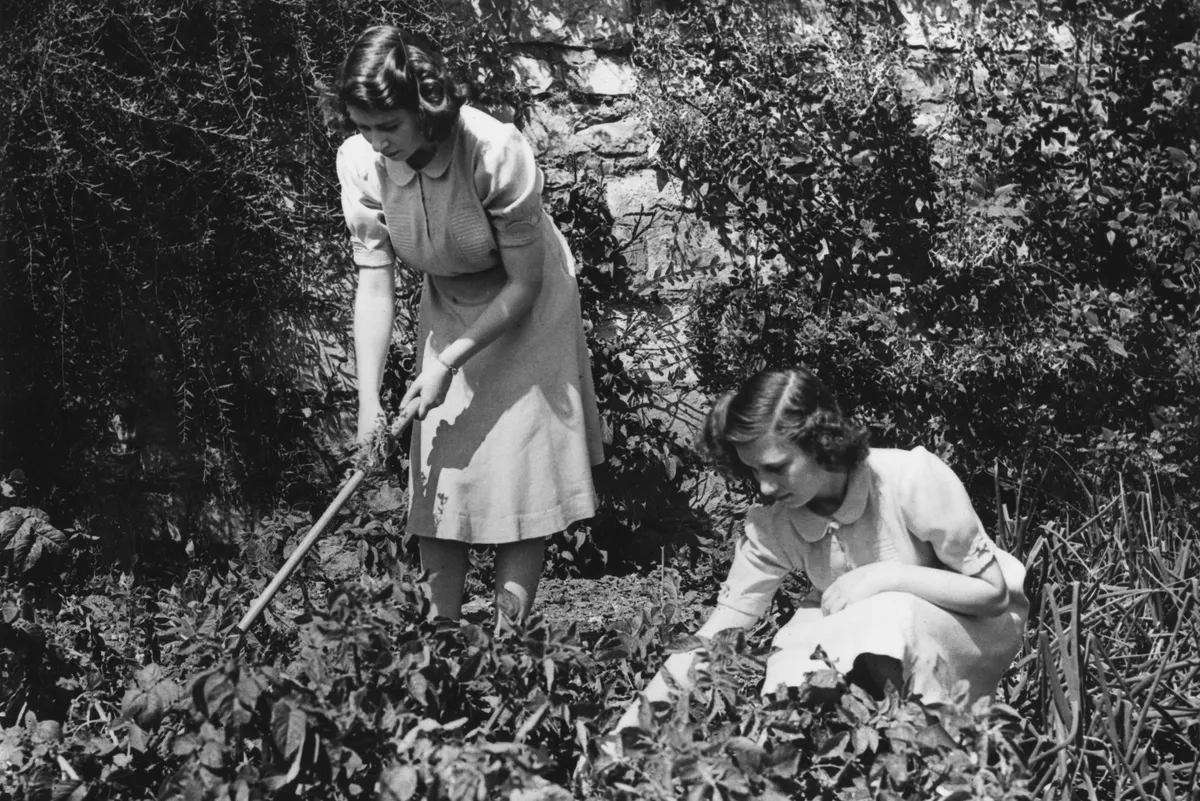
In 1939, once again, reliance on cheap food imports left Britain ill prepared for war. Anxious to avoid the shortages of the 1914-18 conflict, the Ministry of Agriculture sprang into action and, taking its name from a leader in the Evening Standard, the Dig for Victory campaign was born. Nothing was left to chance: innumerable pamphlets showed novice gardeners exactly how to hold a spade, or dig a trench, or sow a seed. As growing food became a patriotic duty, the number of allotments almost doubled, and by the end of the war, Britain was feeding more people in proportion to the area of its own soil than any other country in the world.
